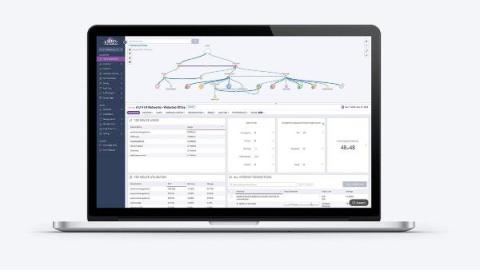Importance of Remote IT Support in Dispersed Teams
Despite the headlines return to office (RTO) has been making, remote work and distributed workforces are here to stay. Case in point: a Robert Half report found that almost 9/10 workers considering a job change were interested in remote or hybrid roles1. For IT, that means solving the challenges of providing remote IT support for dispersed teams is a crucial part of the job. Getting remote IT support right takes a combination of strategy, tactics, and tools that can vary significantly from team to team.




